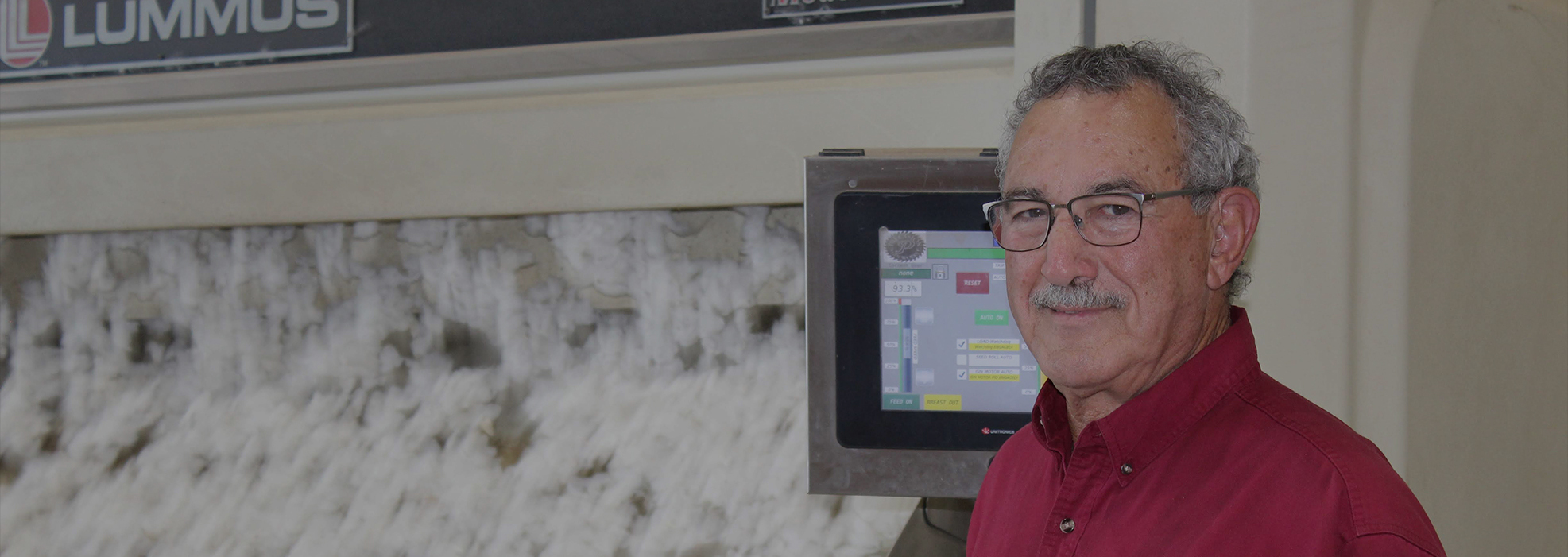March 12, 2023
We are very proud of the way many of our producers handled marketing their grain crops this past year.
With everyone out in the fields fertilizing, spraying, and planting, we are at the start of the 2023 season. As of writing, there is still some question on what the planted acres will be for each crop.Acres are generally steady year-to-year, as our corporation patterns are mostly consistent year-to-year.However, this year commodity prices and input costs are having a larger impact on planting decisions. Even though the corn market has cooled off recently, it appears that cotton acres will be lower this year in favor of grains.
Whichever crop is eventually planted, watching our grain and cotton markets will be very important, with farm inputs as ex-pensive as they are. For instance, we have seen December 23 corn futures tumble from a high of $6.79¼ to our current price today of$5.70 per bushel. At the same time we have seen old crop corn basis erode from around $1.90 per bushel to around $1.05 per bushel forApril/May shipment. By the time you pay interest and storage to May, that would equal a net basis of just $.90 over for immediate payment. That’s a whole dollar per bushel drop in basis since the$1.90 high, reducing the revenue of 120 bushel/acre corn by $120/acre in basis alone. All that is hindsight, but United Ag has the tools you need to help you lock in a price moving forward. Please know your costs of production and ask us about strategies to lock in prof-its at least on an average yield.
We are very proud of the way many of our producers handled marketing their grain crops this past year. This next year will be equally as challenging. Now we hear China is having financial troubles and is looking to Brazil to supply a good portion of its corn.With us seeing the U.S. and other countries planting corn turn-row to turn-row, our corn market could be in trouble long term.Of course, a crop failure anywhere could easily change the market landscape. That just calls for us to be cognizant of our break even cost and put some positions in play to protect your bottom line.
We can say the same for cotton. We have seen March cotton futures at over $1.17 per pound, only to see them fall to $.8370 today.Again, this is looking back, but there is a lot of cash that was left on the table. We have many producers who are still holding 2022cotton. You must realize that if it isn’t sold, you are paying storage and interest on every unsold bale the first of each month. Please come visit with our merchandisers on strategies that could help your position on the 2022 cotton bales you have unsold, as well as getting yourself positioned well for the 2023 crop.We handled 4,413,968 bushels of grain last harvest compared to 6,920,028 last year, which just shows what the drought and hot weather did to our grain crops last harvest. We were expecting about 70,000 bales of cotton but ended up with 118,105 versus150,534 last year.
We elected to run only the Danevang Gin and finished ginning in66 days, which was a very efficient ginning year. Our average turnout percentage was 40.7%. Bale average weight was 488 pounds, and average loan value on the crop was 52.61 cents per pound.Average seed weight was 603 pounds per bale. We averaged ginning around 68 bales per hour, but hit varieties where we were able to gin at 80-85 bales per hour. The average return per bale to producers after ginning and Intelligin charges was $39.56.
We were able to fill our cottonseed storage warehouses and have sold a lot of seed since harvest at good prices, which should help our gin division pay decent dividends this year. Also, our cotton warehouse handled 48,763 bales, and that income will contribute to our gin returns.
Our mixing plant and corn bagging plant continue to utilize bushels of corn produced by our farmers. These two divisions help move bushels out of our regional market, which definitely helps basis to be better for our corn farmers. Another advantage is the feed mill helps us produce livestock feeds at a lower cost to our cattle producers.
We have successfully run the first round of calves through our Accelerated CattleProducers program. This program allows producers to add value to their weaned calf crop, if the quality is there. Anyone interested in this program, please give one of our beef cattle specialists a call.
Our farm supply stores are having a banner year, and we definitely appreciate all of our members and patrons who frequent our stores and, of course, our Blue Creek Market.Our fuel and tire division have had a decent year, and we are in the process of increasing our tire inventory to be able to be of better service to your tire needs.Please let us know if you have any questions about your great cooperative, we stand ready to serve you, and we appreciate your continued support.
Sincerely,
Jimmy Roppolo




